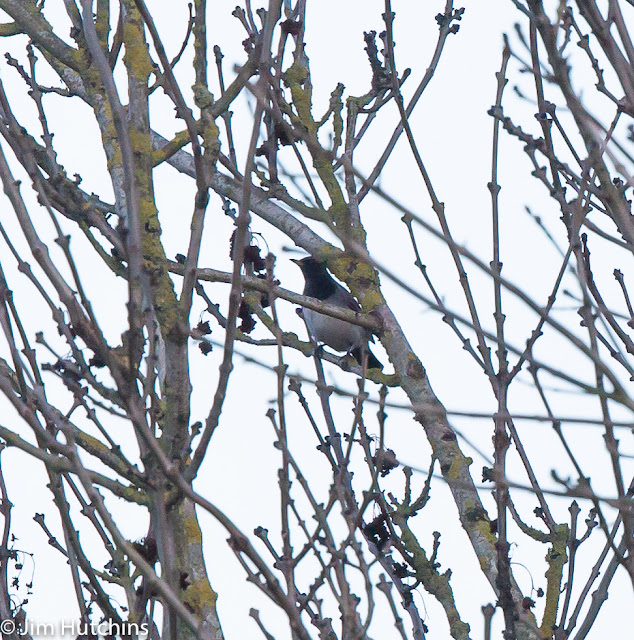 |
| Black-throated Thrush |
It must be a good thirty years since I last went to Whipsnade Zoo. We were living in London, which, by the way, I hated, at the time and we were there for my daughter’s birthday party.
Last Wednesday an adult male Black-throated Thrush was found there which would represent a lifer for me. It’s breeding range extends from the extreme east of Europe to Western Siberia and north-west Mongolia and it normally winters in the Middle East, i.e it’s a bit lost! It’s the commonest of the rare Asia vagrant thrushes, if that makes sense, with 84 records to date in the UK.
It went AWOL on Thursday but was re-found on Friday in a flock of Redwings feeding on berries in a tree. It was again a little evasive on Saturday disappearing around lunch time. Yesterday was the first day I could make the 50 mile journey to Whipsnade but I decided to wait until it was reported which, as is turns out, was a mistake on this occasion!
I expected the zoo to be quiet on a cold winter Sunday but the car park was almost full. I followed the location instructions on RBA and found a group of thirty or so birders staring up at a berry laden tree. The bird had been showing well an hour or so earlier but the zoo was now busy with young families which I suspect had driven it to move on. Cue three hours standing in the freezing cold awaiting an appearance broken only by a trip to the café for a coffee and a most unpleasant and expensive 1970’s style British Rail sandwich. Our common winter visitor, Redwing, provided us with some entertainment as it fed on the lush red berries.
 |
| Redwing |
After a couple of hours word reached us that the bird had been spotted at another location by the miniature railway. Cue a max exodus only to miss the bird by a few seconds! Come three pm the light was fading rapidly and I was serious considering going home when a chap standing beside me uttered the immortal words “I think I have it” and asked me to look through his scope. Sure enough there it was distant on a bare tree allowing only a record shot but at least the long wait in the freezing cold had delivered a new life tick for me.



Comments
Post a Comment